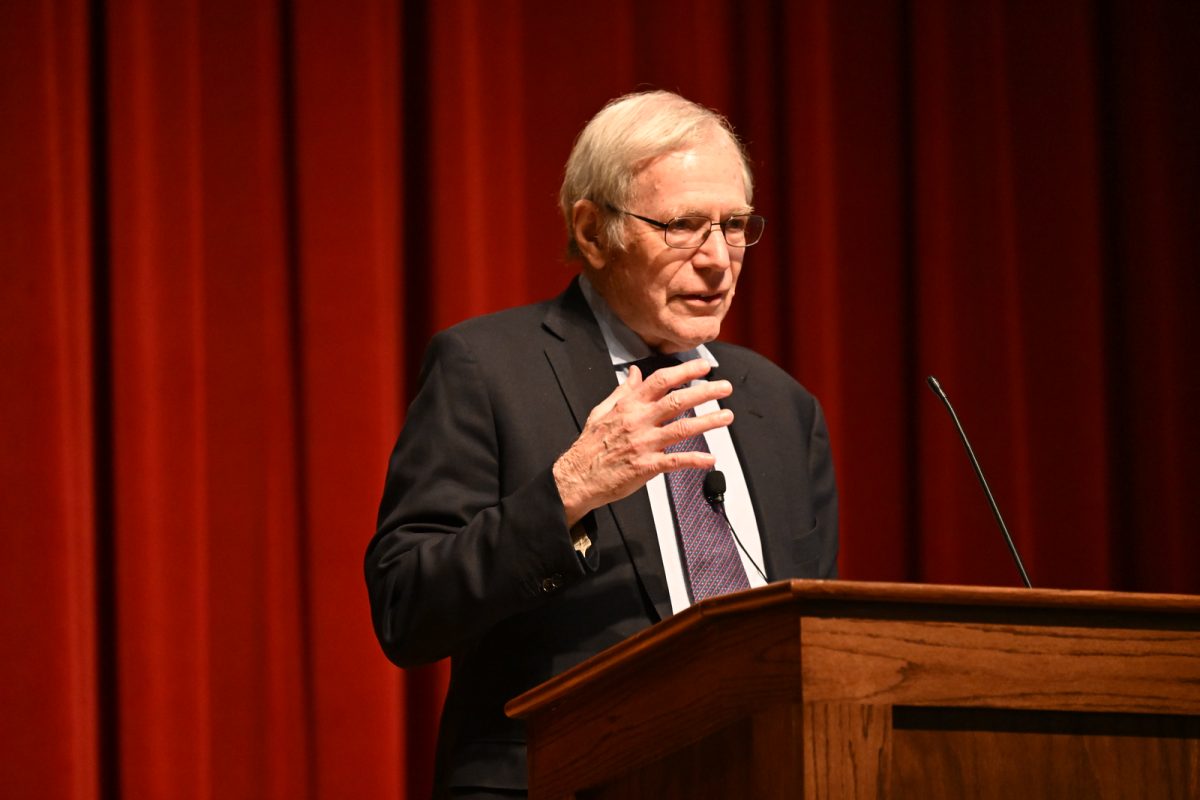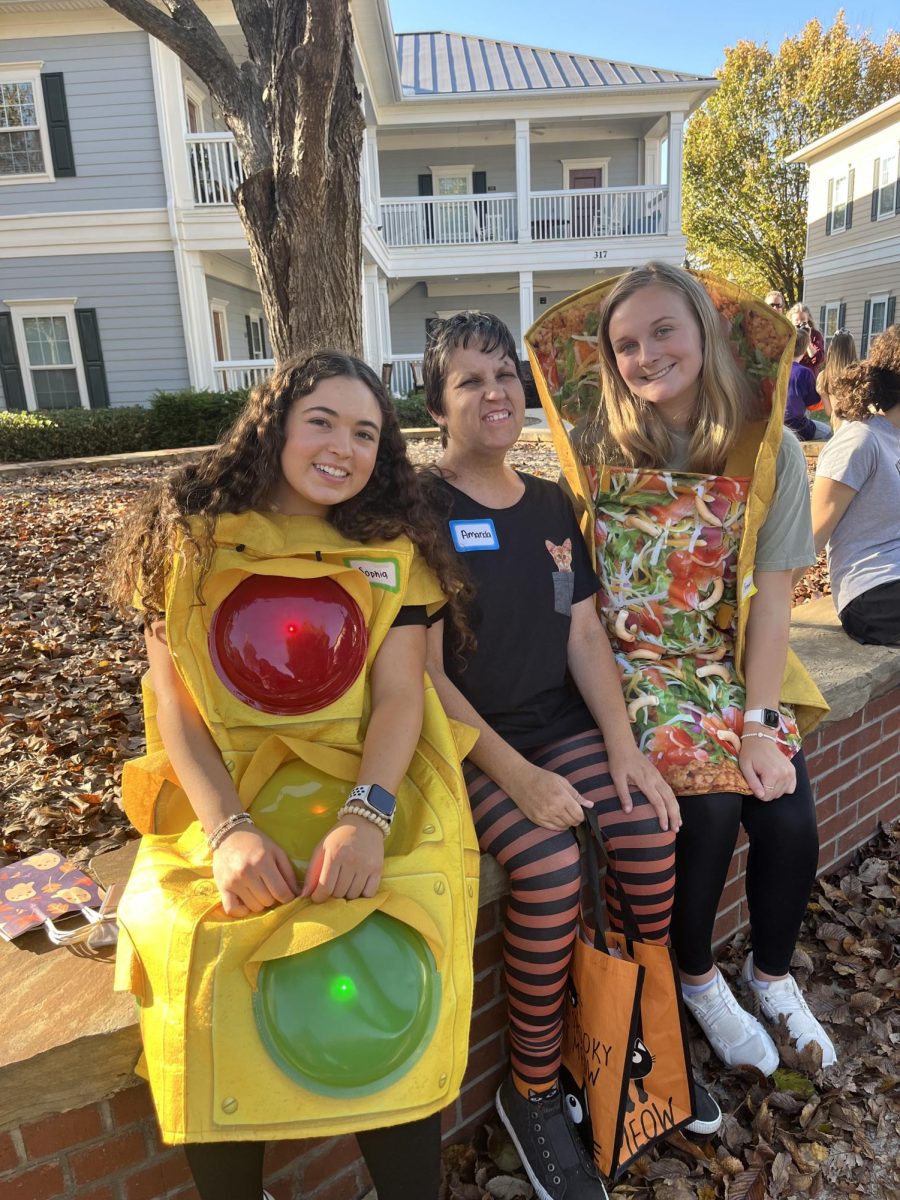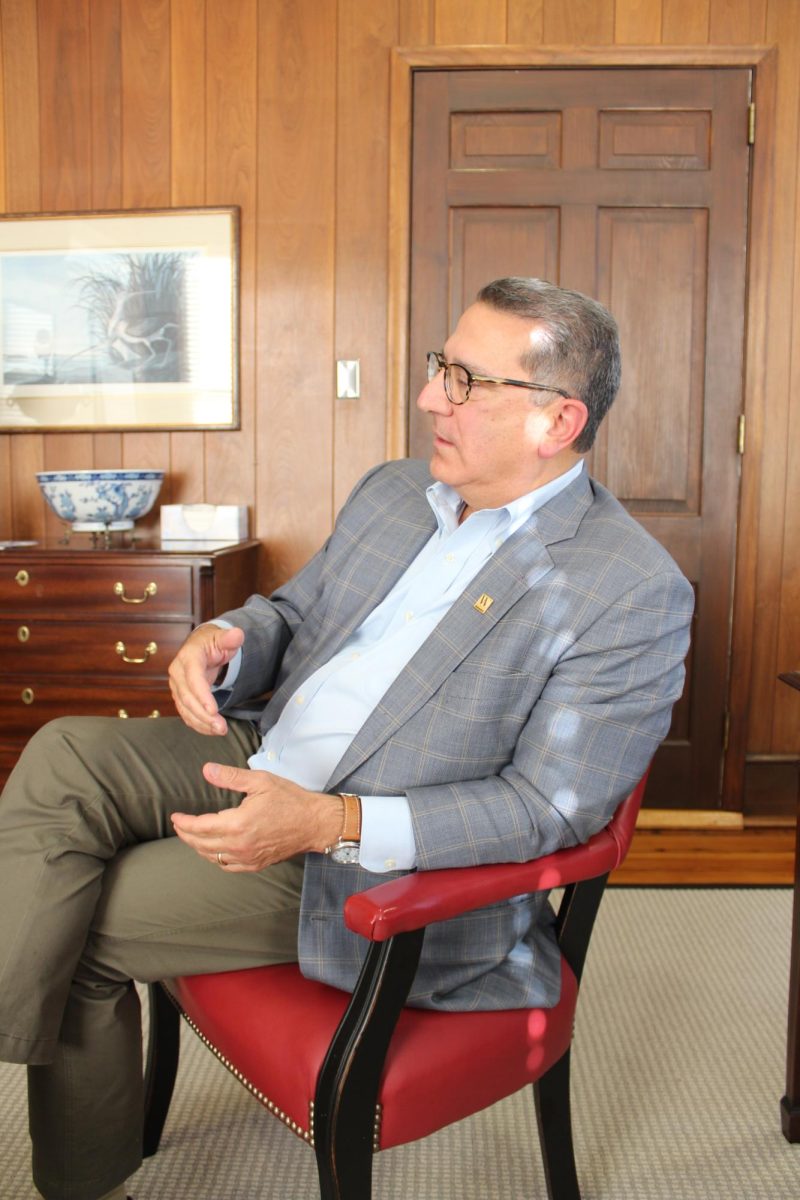A first-hand account of historic Wenceslas Square
I took a seat at an outdoor table of a café in Prague, Czech Republic. Located on a busy street, thriving with shopping centers, hotels, offices, restaurants and museums, it was to me, a foreigner, just a major commercial street. To a Czech, however, this place, Wenceslas Square, is sacred.
A waitress approached me, and I ordered a coffee. She laughed at my attempt to do so in Czech but appreciated the gesture.
I looked out on the hustle and bustle of the street. The sidewalk next to me was crowded with people, some heading to work and others looking for a place to shop or eat. To my left there was a McDonald’s; to my right, a casino; and across the street was a Starbucks. It was somewhat reminiscent of Times Square.
At this point, I considered what I had learned so far about this square from tours and classes. I knew that it was the focal point of mass demonstrations of the Nazi regime in the late 1930’s and early 40’s, as well as the gathering place for uprisings against the Soviets in the following decades under Communism. It was hard for me to imagine such events unfolding in what is now such a commercially developed area.
I also thought about a couple of stories a tour guide had told me about the square some weeks prior that resonated with me.
The tour guide grew up during the communist era. She recounted that it was a depressing time with a lot of distrust about who may be involved with the KGB or Soviet Union government.
She even shared that she had heard rumors that her father may have been involved with the Soviet Union. Although she doubts the claims, she has never confronted him about it for fear that it may be true.
I watched her become teary-eyed before she moved on to the next site, which was just as somber.
We stood at the steps of the National Museum, which sits at the head of the square. The tour guide explained that this location was where a young student named Jan Palach set himself on fire and killed himself in protest against the communist rule in 1969. This act inspired many Czechs to join the fight against Stalin and the Soviet Union.
However, it was not until 1989 that the rebellions and public demonstrations resulted in freedom. Known as the Velvet Revolution, the final public demonstration against the regime took place on the same square. The country has been free, and capitalist, ever since.
The waitress of the cafe then returned to ask if I would like anything else. This time, I replied in English and told her that I was fine. Looking to be between 50 and 60 years old, I requested permission to ask her a question, if time allowed.
I first asked if she lived in Prague before the Velvet Revolution, to which she responded in the affirmative. I subsequently asked her if she remembered what the square was like under communism.
“It was dismal and sad, but the feeling that came when President Havel announced our independence from that balcony,” she said, pointing to a nearby hotel, “the feeling was indescribable.”






























